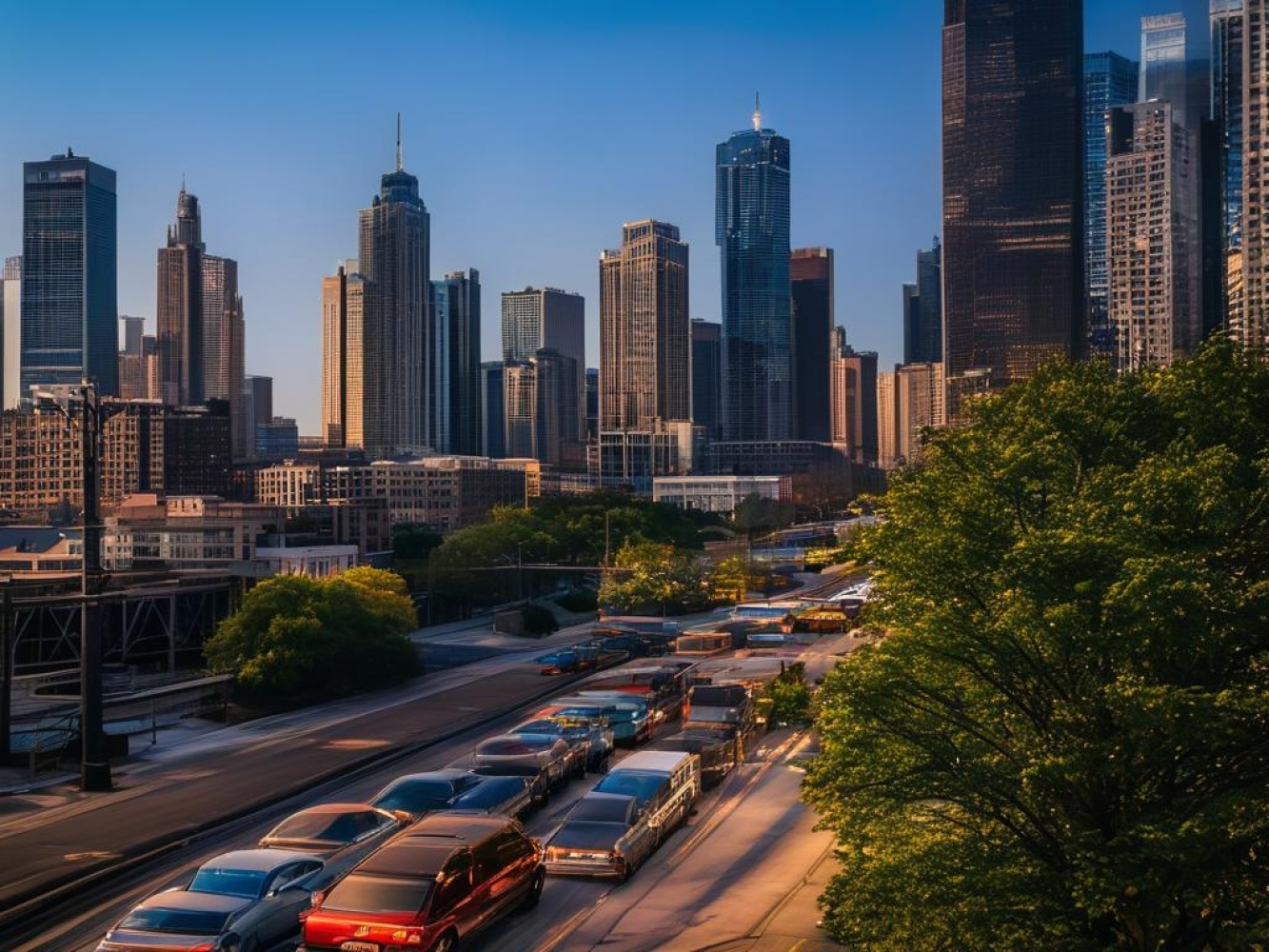Understand
The Near West Side of Chicago is not just any ordinary neighborhood - it's the birthplace of some of Chicago's most beloved cultural landmarks. From the iconic Chicago-style hot dog and deep dish pizza to being a port of entry for immigrants, the blues, the Blues Brothers, and the labor movement, this neighborhood has deep roots in the history of the city. Unfortunately, the neighborhood has undergone significant changes over the years. Today, it is dominated by the charmless campus of the University of Illinois at Chicago (UIC), and only fragments of the old neighborhoods remain, like the last few teeth in the mouth of a punch-drunk prizefighter. The area was once a major port of entry in the 1800s and early 1900s, with the bustling Maxwell Street Market at its heart. This market, founded by Jewish immigrants and later joined by African-Americans during the Great Migration, was a vibrant hub of commerce and culture. It was where people from all walks of life came to find great deals, indulge in cheap food, and enjoy street performances by future blues legends. The Maxwell Street Market created a unique and unmistakable atmosphere that defined Chicago for over 120 years. However, as the city's business community desired a buffer zone between the Loop and the West Side housing projects, drastic changes occurred. First, the new Eisenhower Expressway sliced through the east side, and then the construction of UIC destroyed the homes of over 5,000 people. The university has continued to demolish and reshape the area, leaving behind a shadow of its former self - something they call "University Village." Despite these changes, the Near West Side still has some attractions worth exploring. You can discover the charm of Little Italy on Taylor Street and Greektown on Halsted Street, where you'll find delicious food and a welcoming ambiance. The West Loop, also known as the Warehouse District, is home to the city's most prestigious restaurants, thriving art galleries, and trendy clubs. While some attractions have left the Near West Side, the neighborhood still carries the spirit of its vibrant past and offers an exciting experience for visitors.

Comments
NO COMMENTS